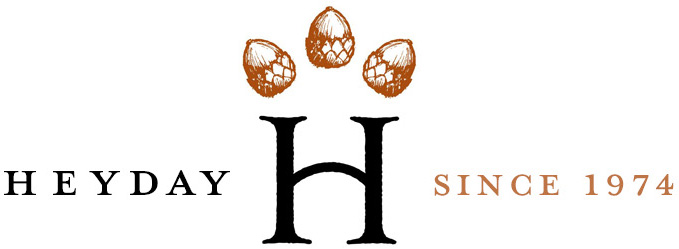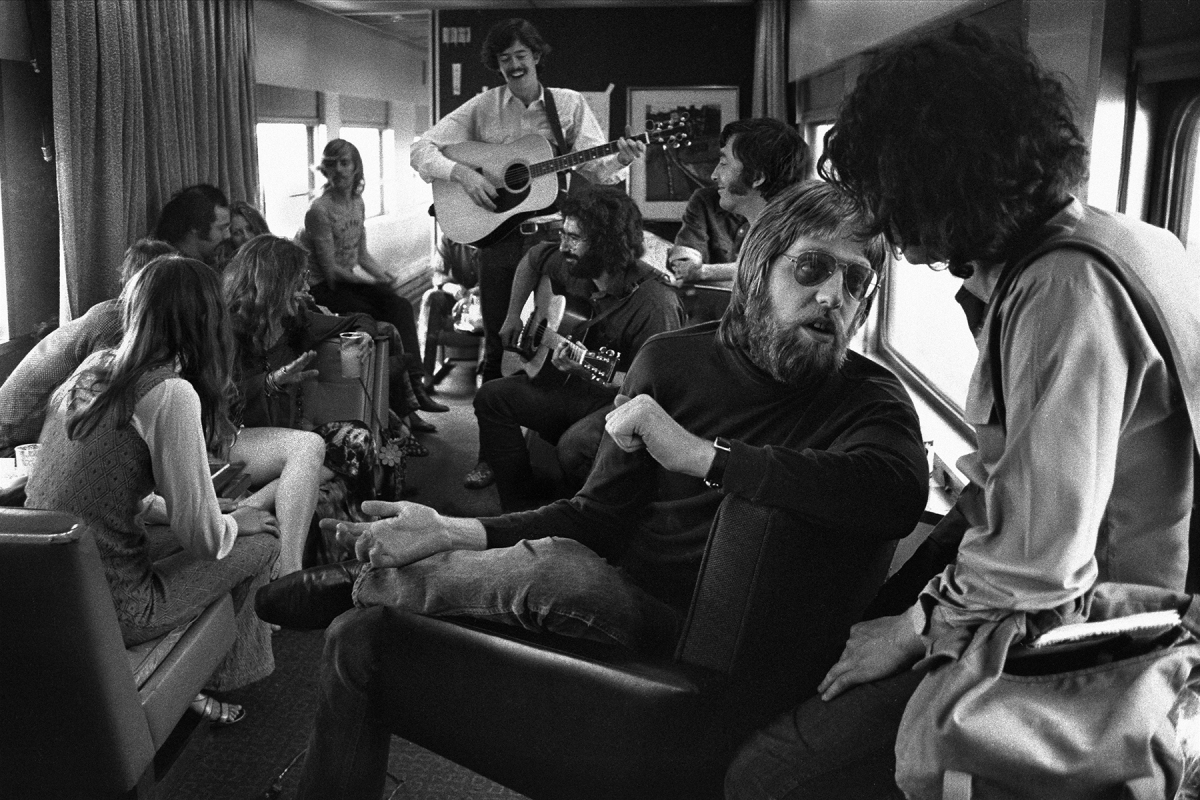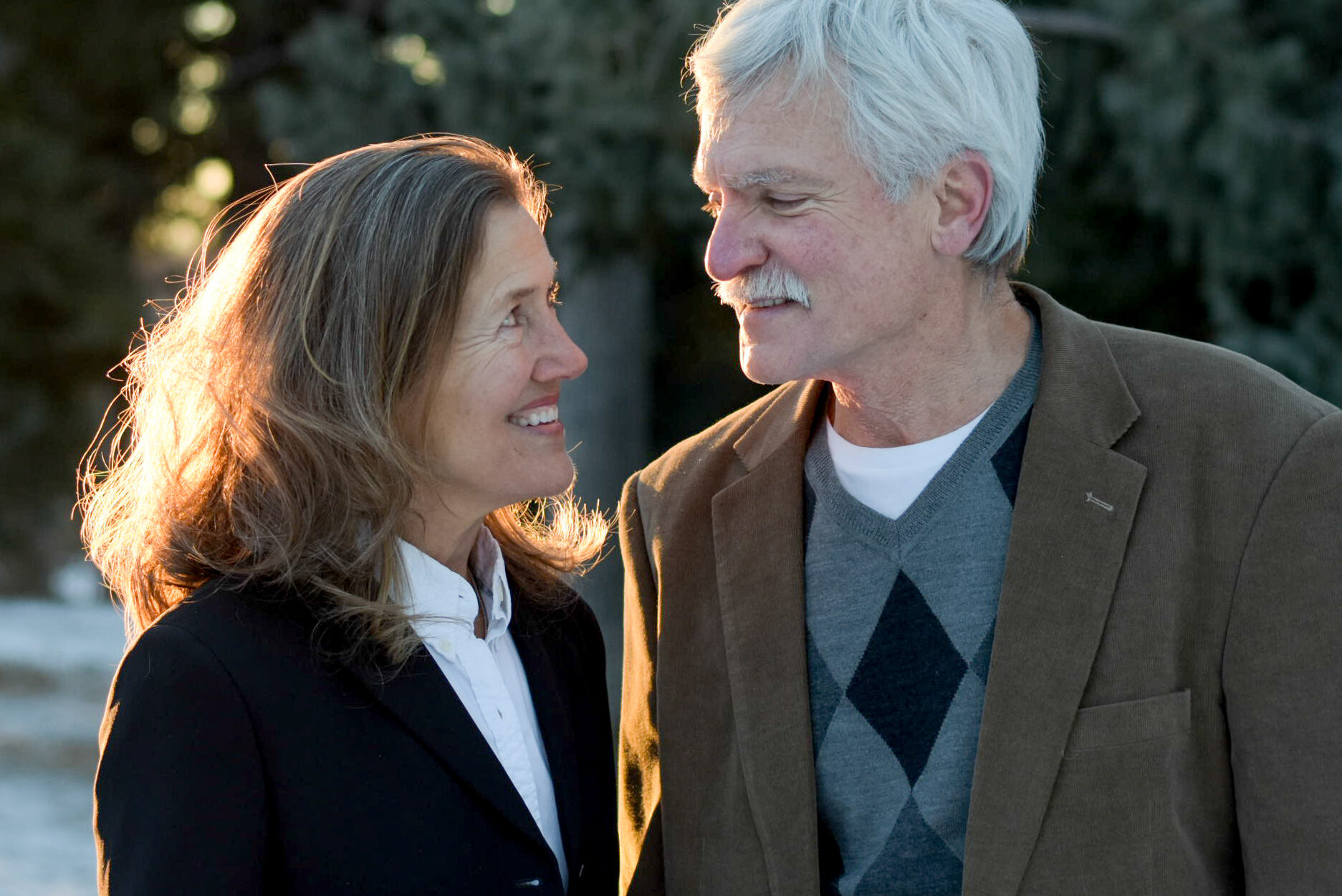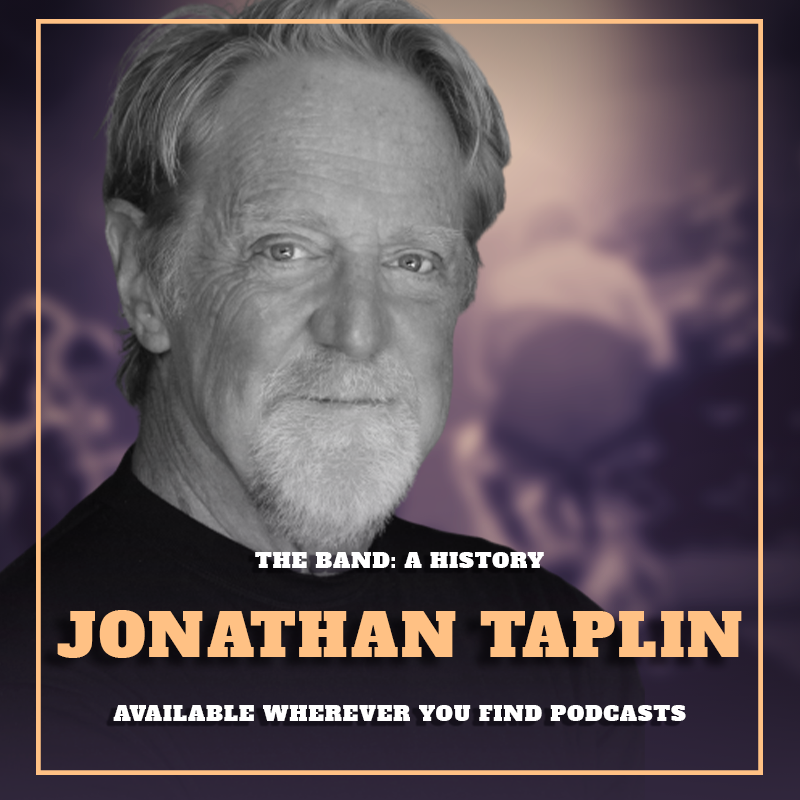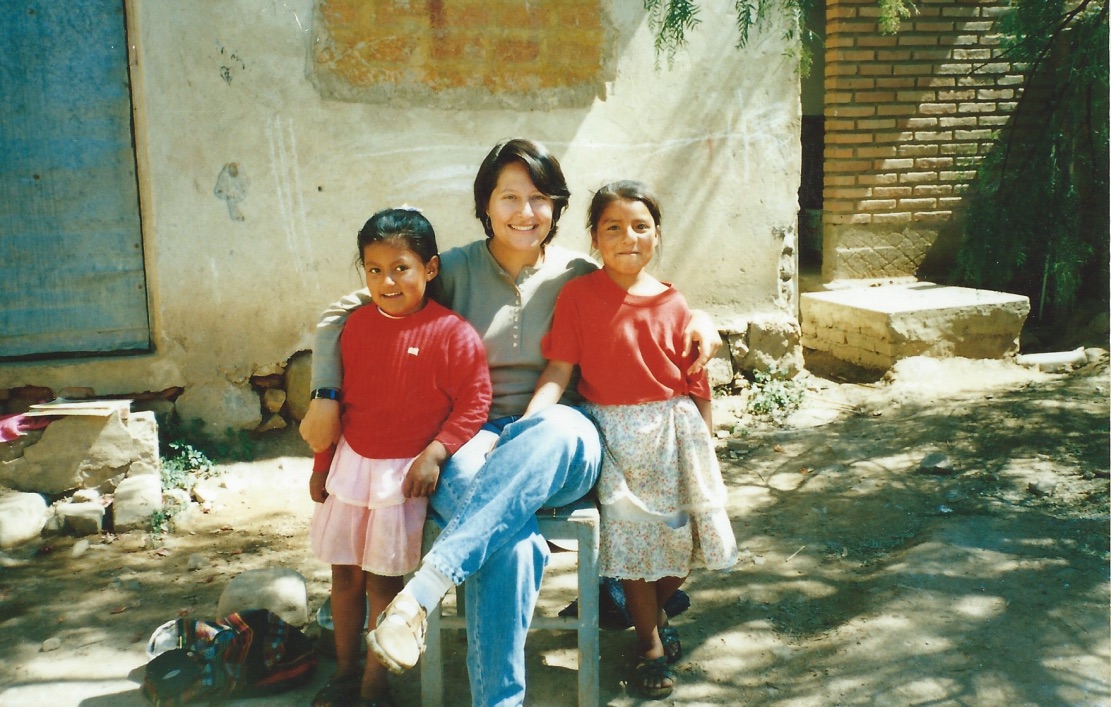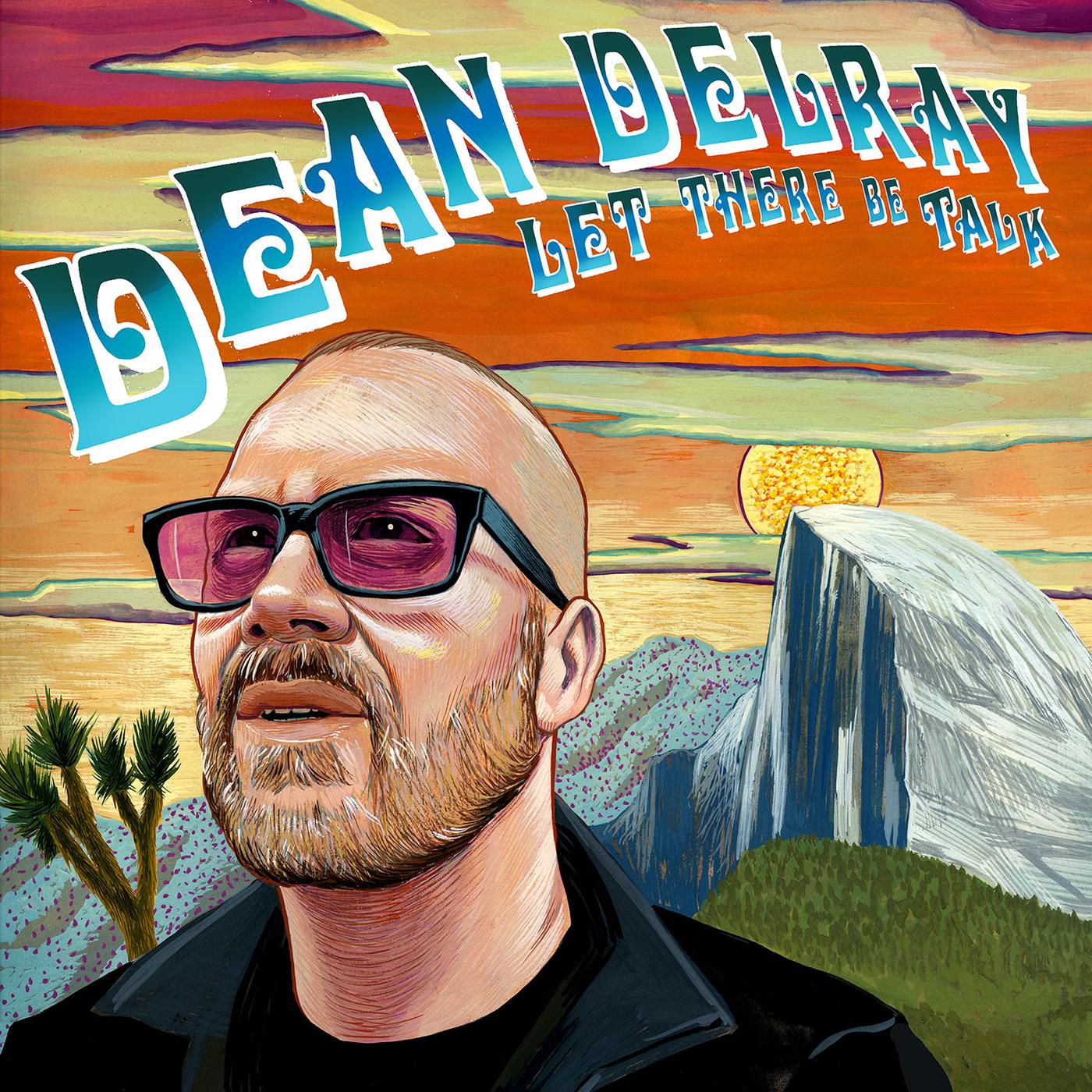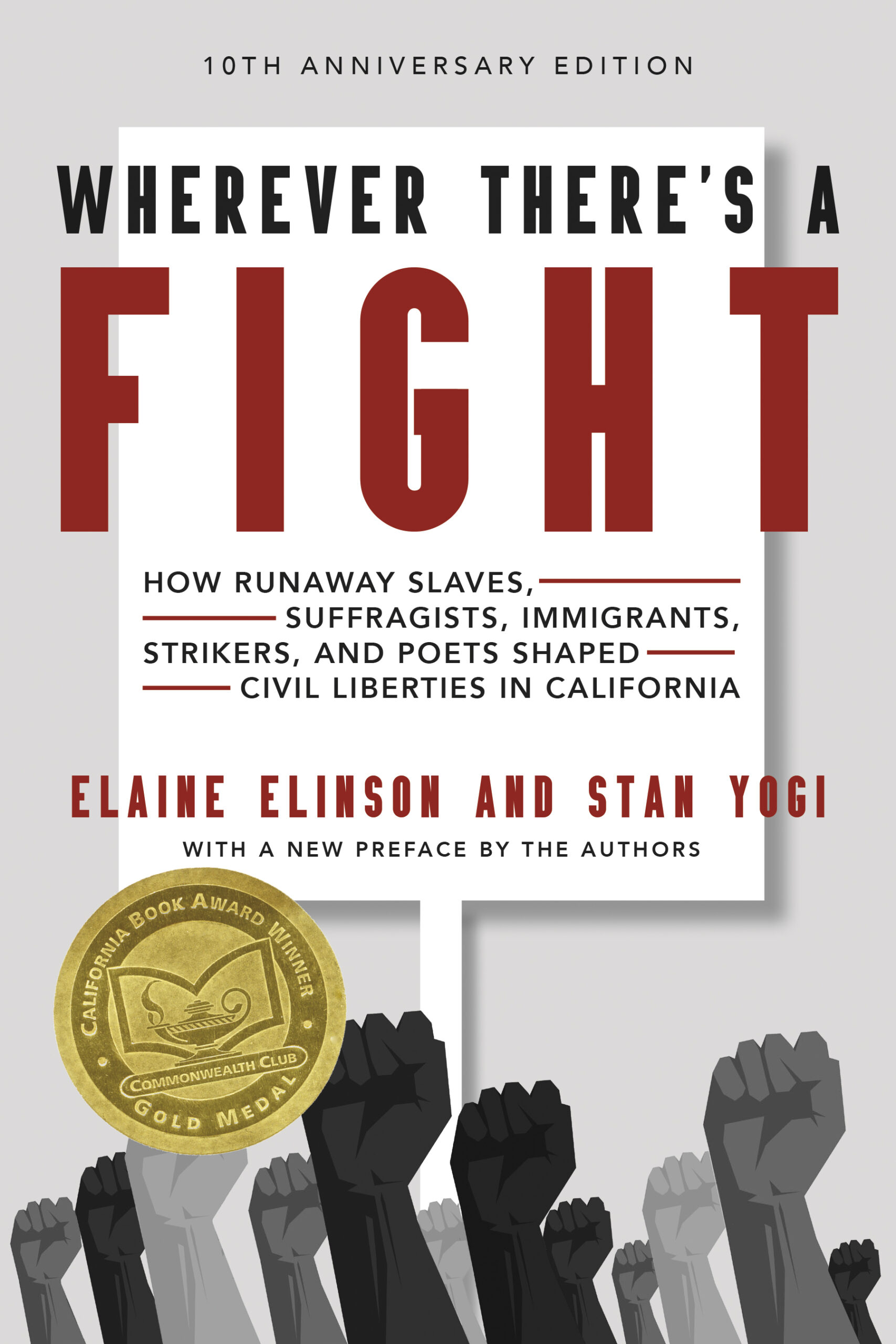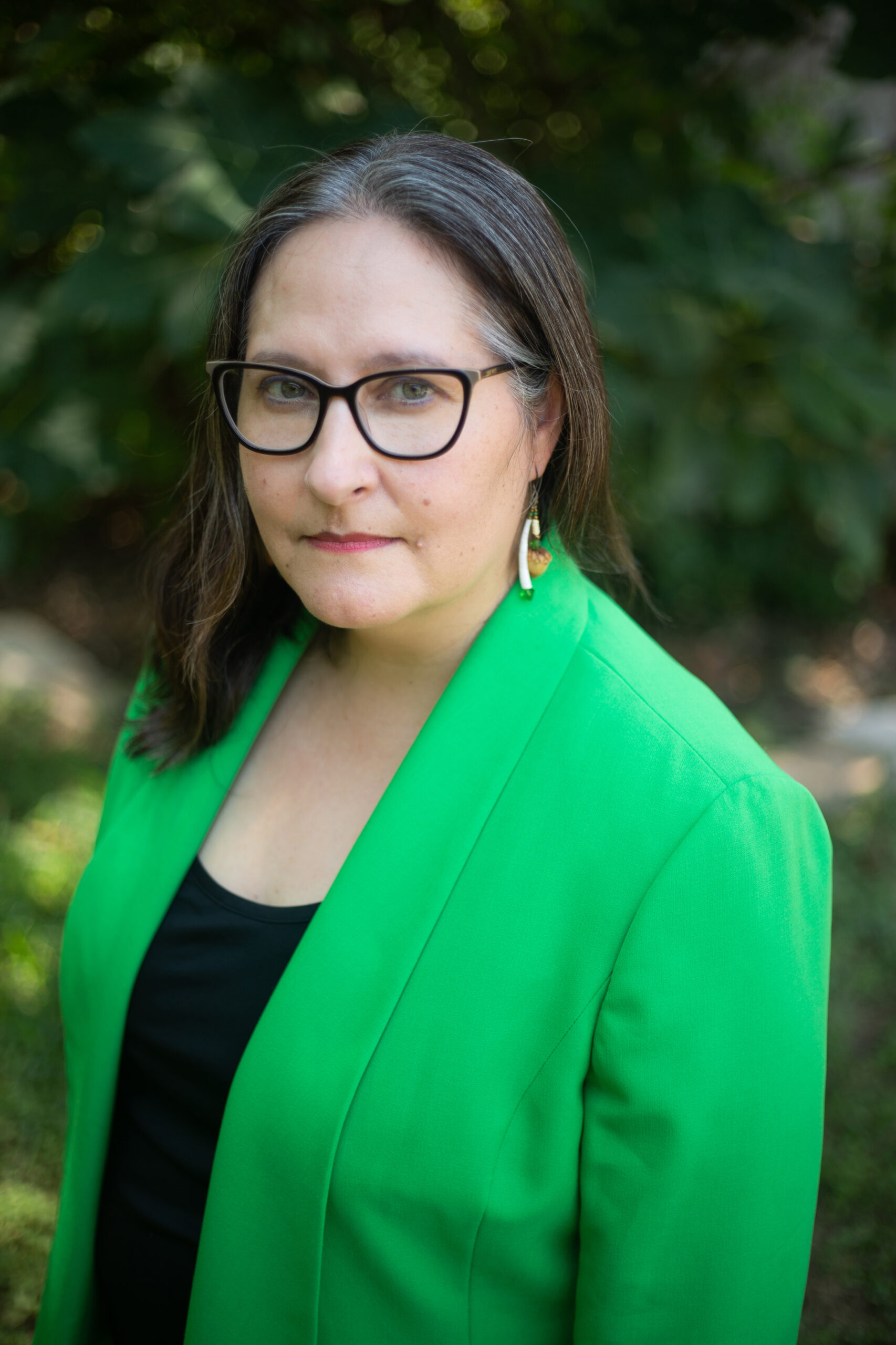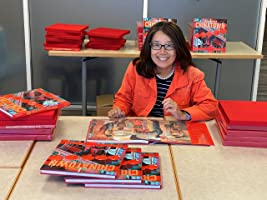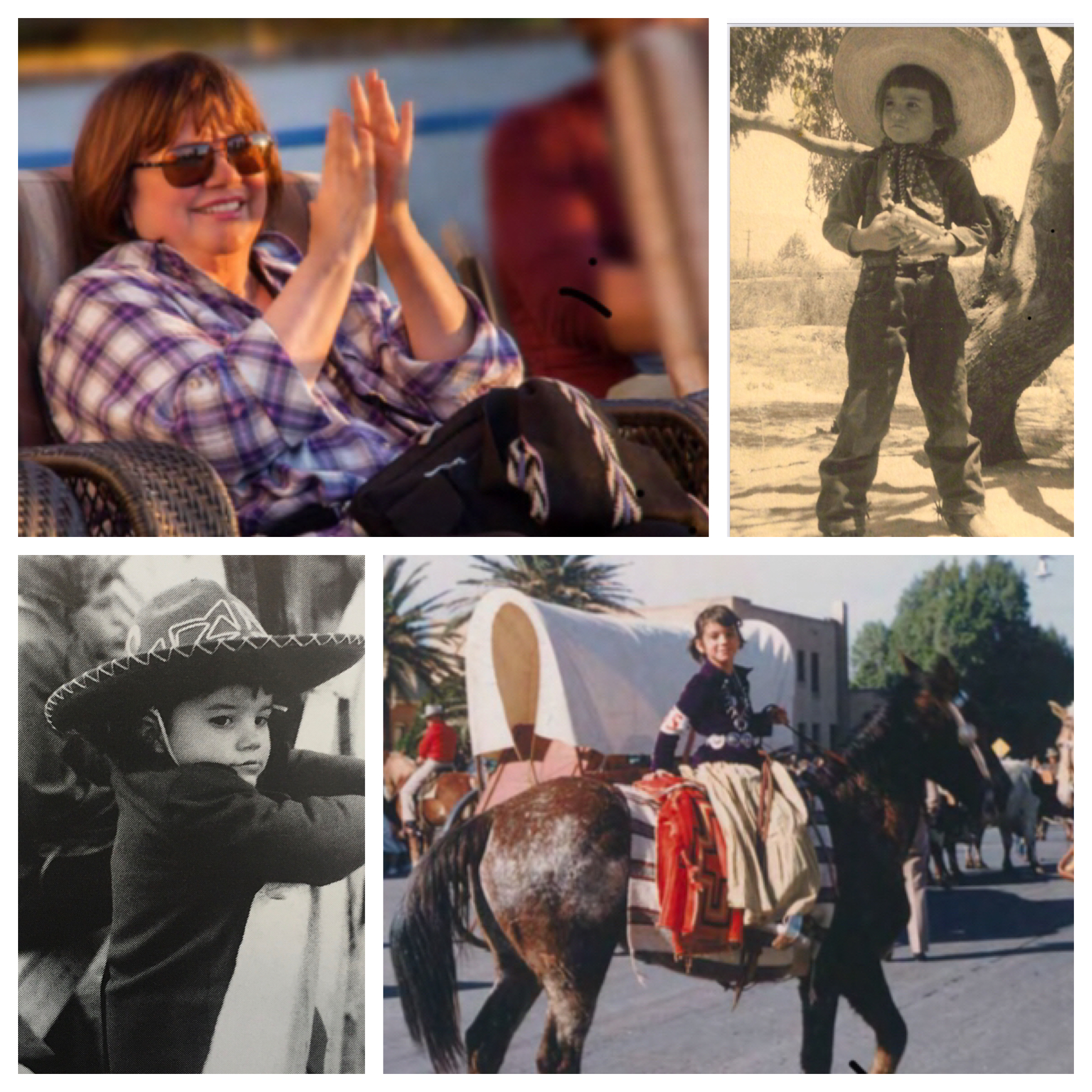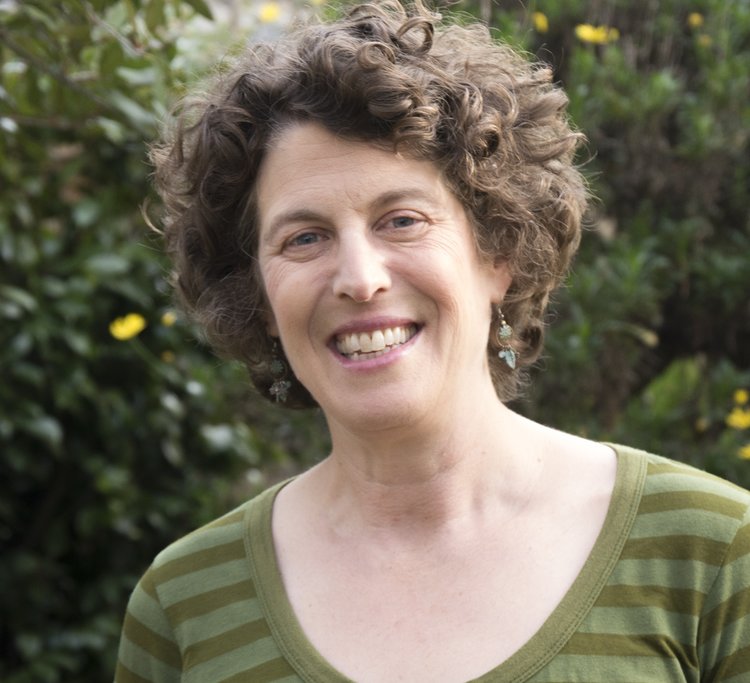Rolling Stone: Jonathan Taplin tour-managed rock royalty. Now he’s telling his stories.
In a new memoir, Taplin recalls what it was like to watch Dylan go electric, George Harrison speed-drive, and Clapton and the Band wrestle with demons and drugs.
Q&A with Mary M. Clare and Gary Ferguson about Full Ecology

The authors, fresh back from a road trip across the Western United States, spoke with us about their forthcoming book and the philosophy that shapes it.
How is Full Ecology, the set of ideas from which your book takes its name, different from other approaches to addressing climate change and climate anxiety?
Full Ecology sparked when the two of us brought together our respective disciplines—Mary as a social scientist, and Gary as a conservation science writer. When we first started holding perspectives of the human world and nature side by side, we saw pretty quickly how the focus only on pathology—on what’s wrong— is the most common and least effective place to start. Many books on climate breakdown center heavily on doom. And to be sure, there are warnings and realities that are vital to moving forward. But our book, Full Ecology, makes a point of looking also to how so much is working. One immediate test of this is to consider the fact that you’re reading these words right now. That means, from your birth to this minute, A LOT has been working. Same with the planet and with what we call nature.

Full Ecology looks specifically to the natural world and calls us to a paradoxical first step: to stop. Full stop. And not just once: to stop and drop every notion of what’s wrong and right and, from that pause, to look around. To realize that we humans are nature, too. Which means that what allows nature to work so well can help us work well, too. When you stop to let the reality of how life unfolds show itself, you realize how habits of mind and culture have kept our truest human nature from expressing itself. Separate thinking—something we’re all quite addicted to—is the least sustainable, most unreal worldview our species could hold.
2. You recently went on a road trip together in your van named Pearl. Can you give some examples of Full Ecology in action that you saw while on the road?
We began the adventure with Pearl by revisiting the Scablands of central Washington. We describe this place in the book, and from our first time there have found the name a bit uncomplimentary, even unfair. On first blush, one might agree, “Oh yeah. Scablands for sure.” But with a deeper look it turns out these are beautifully complex and lively wildlands, a weave of prairie-style grasslands and rocky pockets that hide all manner of lakes and ponds. It’s a place busy with beaver, fox, coyote, trout, bass, frogs, pelicans, eagles, ducks, and osprey. And with ponderosa pine and, in spring, wild iris and perfect bitterroot blooms. Like all of nature, the Scablands are first and foremost a vibrant community. The lives in that landscape each express themselves individually, generation after generation, but they’re able to do so only because of their deep connections. It’s this connection of everything with everything that supports the dynamism, the vitality of the place. When people made the choice to preserve this area as public land, that was itself a connected choice.

Later, as Pearl carried us into Portland, we could see loads of evidence of Full Ecology in the choices humans are making in that place. The careful tending of waterways to bring them back to ecological integrity. The care given to public spaces like Forest Park, which is the largest in-city park in the contiguous US. We saw in that city, too, the efforts that so many are making to heal social injustice, thereby giving fresh breath to that critical mainstay of life on this planet, which is vibrant diversity.
Finally, at Lake Tahoe, we spent time with the talented filmmakers Jared and Julia Drake, who were filming a segment for our virtual book launch of the two of us in the wilds of the Sierras. On one level, we were interacting with nature by simply drawing attention to its wonders. But at the same time, it’s worth noting that not a single piece of their equipment—the cameras, the mics —could have been built without the connection between raw materials and human creativity. And if you want to take it further still, consider that none of us would’ve pulled off any part of that project were it not for the microbes that came to live in our gut after we were born, which ever since have been breaking down nutrients to allow our brains and muscles to function. In turn, every brain and muscle is made up entirely of materials gleaned from earth and air.
3. Do you have a daily practice that helps you keep Full Ecology at the center of how you engage with the world, or that helps you keep a Full Ecology mindset?
There are many things during the day that call us back to the integrity of Full Ecology. It takes lots of putting down unnecessary thoughts and resistance to be fully connected with truest human nature—so, less doing than seeing, and letting go habits that are enormous wastes of energy. And as nature shows us, wasting energy just isn’t conducive to healthy life. One giveaway is to catch ourselves in “What about me?” thoughts. It’s a big wake up call to see how often those are in play. One thing we do is remember that there has never, in the history of our planet, been such a thing as a rugged individual. Just that thought can shift our focus from separation to connection.

Sometimes, if the circumstances are especially dark, and the “What about me?” story is proving hard to shake, we remember what Mary’s mentor told her over forty years ago: “Look to the tops of trees.” As it turns out, modern neuroscience has confirmed the worth of that suggestion, showing that small, uplifting neurochemical dumps happen when we simply lift our eyes up. Finally, one last question routinely serves us in the manner of a wonderful sort of koan: Do you really end where your skin ends? That’s a question that reliably opens up the fullness of ecology.
4. How do you find balance between appreciating nature as it is in the here-and-now and mourning what's been destroyed?
This is such a vital question for all of us humans going forward. Especially in the US, and most especially among people born into the dominant group, there has been an unfortunate orientation toward essentially measuring our success—our sense of being exceptional—by using the natural world as a source for individual wealth. That orientation shows up even in our language, when we use terms like “natural resources,” or “wildland management,” or “wildlife harvesting.” Those terms are good evidence of our tendency to think and act separate from nature.

As it happens, one additional consequence of deep separate thinking is our limited skill with grief. To repair our relationship with the natural world, we really must grieve. In fact, going through this grief is a big part of what helps us reclaim and reactivate our connections. We grieve, after all, because we love. We care. We may always mourn what’s been lost due to human behavior. But that mourning can put us on the road to living now, as best we can, from the undeniable connections that sustain life on Earth. As we move into and through the feelings we have about the mess we’ve made, we welcome back the depth with which we love being in life. In nature, as nature. Living from that connection is our best bet for health and well-being right now and into the future.
Join us for an Earth Day celebration with Mary and Gary, introduced by Sister Helen Prejean!
Jonathan Taplin on Dean Delray's "Let There Be Talk" Podcast
Jonathan Taplin talks The Magic Years: Scenes from a Rock-and-Roll Life with actor and comedian Dean Delray.
That time Dylan went electric. That time the Band played Woodstock. That time Martin Scorsese made Mean Streets. That time Janis Joplin drank all the rockstars under the table.
Jonathan Taplin was there for all of it. Listen in as Dean Delray gets the juicy details. Available on Apple Podcasts, Soundcloud, and YouTube.
Wherever There's a Fight: Uncovering Hidden Civil Liberties in the Archives
Authors and former ACLU staffers Elaine Elinson and Stan Yogi dive deep into the archives at the California Historical Society and other libraries to uncover voices of Californians who stood up for their rights. Watch as they discuss what they found.
Sherry L. Smith discusses Bohemians West with the Autry Museum
Sherry L. Smith joins the Autry Museum online to discuss her latest book, Bohemians West, which explores the lives of Sara Bard Field and Charles Erskine Scott Wood, two aspiring poets and political activists whose letters chart a tumultuous relationship that spans the decades.
Q&A with Ursula Pike about her forthcoming memoir

An interview with Ursula Pike
Which piece of contextual background information about An Indian among los Indígenas would you give to readers?
Travel books have always been one of my favorite genres, but as much as I loved reading about riding a train across a continent or crossing a desert on a camel, I knew those travelers started their trip from a different place than I would. My book is a travel story from a different perspective, one that is informed both by my identity as a Karuk woman, but also by the history of Natives in the US and in South America.
Your book deals with many serious topics, but it’s also full of funny moments and observations. For you, what’s the importance of humor in telling a story like this?
Stories about Native people tend to emphasize the tragedy of our histories and the resilience of our cultures. But Native people are also funny and humor is as much a part of our cultures as anything else. There’s power in that humor. As a writer, I want you to laugh at my jokes and listen to what I have to say, not feel sorry for me or the people I write about. Humor can help me achieve that goal by demystifying and humanizing all of us.
Why do you think it’s valuable to tell the story of your time in Bolivia now, almost thirty years after the experience? What has changed (in your life or globally) since your time there?
As the United States examines institutions and long-held beliefs through an equity lens, charity, economic development, and even the Peace Corps need to be considered. This book provides an example of how I as a Native woman couldn’t help but consider historical inequities, racism, and Indigenous identity in my work.
This book is also for Black, Indigenous, and other People of Color, who, like me, struggle with being both marginalized and privileged as we work in spaces where there are few people like us. Assimilation can open doors but the rooms it allows us to enter are complicated as we are tokenized and often not empowered to speak. I hope the book will encourage others in this situation to tell their story.
Bolivia is in the midst of historic change, and my book gives insight into the history of an Indigenous country from a Native person. The country’s first Indigenous president, Evo Morales, was forced out of office in 2019 after over thirteen years in power, and my book shows what life was like in the years leading up to Morales’s presidency.
Kathy Chin Leong on Twelve Ways to Activate Change, Heal, and Move Forward from Here
The author of San Francisco's Chinatown responds to the recent attacks on the Asian American community with a message of hope, healing, and action.
Linda Ronstadt to Publish New Book with Heyday

Linda Ronstadt to Publish New Book with Heyday
BERKELEY, CALIFORNIA, March 17—Linda Ronstadt, the acclaimed, multiple Grammy Award–winning singer and author of the 2013 best-selling memoir Simple Dreams, is writing a new book that has been acquired by Heyday, an independent, nonprofit publisher founded in Berkeley in 1974.
Feels Like Home: A Song for the Sonoran Borderlands—a collaboration with Lawrence Downes, a former editor and editorial writer for the New York Times, and Bill Steen, a noted author and photographer whose grandfather came from the same Sonoran town as Ronstadt’s—is a love letter to Ronstadt’s Mexican American roots. It tells of her coming of age in the world between Tucson and the Rio Sonora region of northern Mexico, presented through stories, photographs, and recipes. It will also include watercolor illustrations by Linda’s father, the late Gilbert Ronstadt.
“There’s a Mexican story that isn’t often told,” said Ms. Ronstadt, “about the desert and the families who live there. It takes cooperation and ingenuity to survive and build a beautiful life in such a harsh environment. This is Arizona, where I was born, and Sonora, where my soul is anchored.”

“Heaven to me is a long ride with Linda and Bill from Tucson into Mexico and down along the Rio Sonora,” said Lawrence Downes. “There’s deep beauty and mystery in these borderlands, and those two know how to take you there. When you’re with them, you listen and learn, laugh and get hungry, and then you eat. If we could have done it, this book would have no words, just Linda’s voice, Bill’s photos, and plates of carne asada and frijoles and bottles of mescal bacanora.”

“Feels Like Home is an expression of my love and affection for the people, culture, landscape, and the traditional foods of Sonora,” said Bill Steen. “It’s a story that revolves around culinary traditions that are simultaneously simple and complex, that have evolved as creative yet practical responses to the harsh and arid landscapes of Sonora. The lack of pretense and conviviality present among friends at the Sonoran table, while sharing homemade flour tortillas, fresh regional cheese, chiltepin salsa made from wild chiles, dark sugar-roasted coffee, a shot or two of mescal bacanora, can render a glamorous feast totally unnecessary.”
Steve Wasserman, publisher of Heyday, commented: “We are delighted to welcome Linda and her team to Heyday. We look forward to publishing this exciting book in the fall of 2022. For me personally this project is a thrill and a privilege as I first met Linda when I helped play a role as midwife to the birth of her exquisite musical memoir, Simple Dreams, a decade ago. I’m honored that Heyday will be her home for her new book.”
Linda Ronstadt knows her roots. Long before she was a music legend, the iconic voice behind 100 million record sales across genres, bushels of Grammys, an induction into the Rock and Roll Hall of Fame, and an honor from the Kennedy Center, she was Linda Maria Ronstadt from Tucson, the granddaughter of a Mexican immigrant, and a child of the Arizona-Mexico borderlands.

In addition to her seminal work in rock, pop, folk, country, opera, and the American songbook, she has made blockbuster Spanish-language albums, starting with Canciones de Mi Padre, a collection of traditional Mexican songs that became the best-selling non-English-language album in American history. But beyond those beloved records and the early pages of her acclaimed musical memoir, Simple Dreams (2013), there is a deeper, richer vein of stories that Ronstadt has never before told in full. Feels Like Home is set in the world between Tucson and the Rio Sonora region of northern Mexico, in the land of her ancestors and her own free-range childhood in the 1950s and 1960s. It’s where vaqueros once herded cattle through cactus and mesquite. It’s where Linda learned to sing harmony and ride horses and cook wild doves, where she traveled with her father in search of the crumbling adobe home where her grandfather Federico was born in 1868. It’s where she sang hymns with nuns in a Benedictine convent, and joined her family’s lavish production (and consumption) of green-corn tamales and high-octane eggnog every Christmas. And it’s a troubled region where she has watched, with anger and sorrow, as shifting border politics have inflicted untold cruelty on immigrants and refugees.
Ignorance and fear have left America deeply estranged from its southern neighbor. Too few native-born voices has led to too little understanding. There is one picture that tends to dominate, of narcos and migrant caravans and desperation along a frightening and fortified border. Feels Like Home offers another perspective, one built on Ronstadt’s deep connection to a land lavish in natural beauty, old traditions, deep friendships, and delicious food. Feels Like Home will be a compelling confection of memoir, photo album, and cookbook that doubles as a traveler’s meditation on the singular beauty of a region and its people, one that will stand the test of time in your kitchen or on your nightstand or coffee table.

Test
Aenean eu leo quam. Pellentesque ornare sem lacinia quam venenatis vestibulum. Nulla vitae elit libero, a pharetra augue. Maecenas sed diam eget risus varius blandit sit amet non magna.
CITATION
Byron, Janet L.
Janet L. Byron
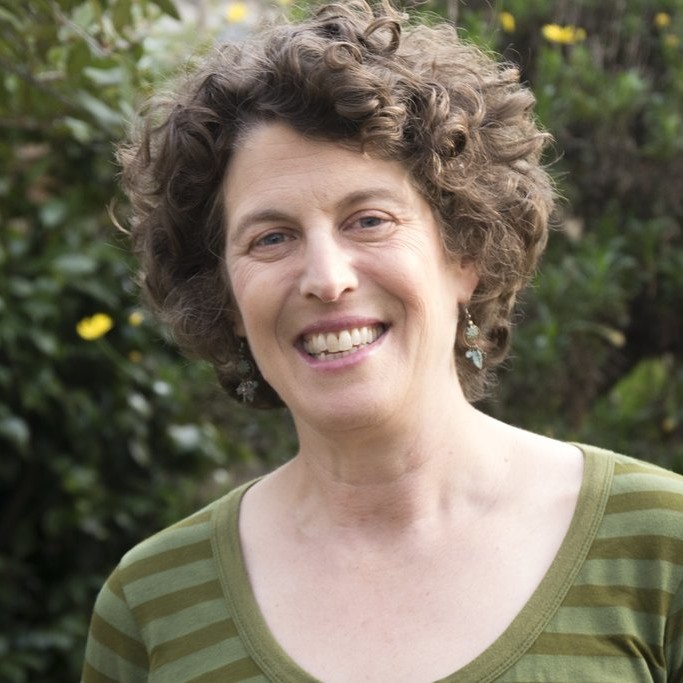
Janet L. Byron has lived in Berkeley, California, for more than half her life. Malcolm Margolin’s East Bay Out was the first walking guide she purchased, and it introduced her to the joys of exploring nature by foot. She has subsequently led walks for Greenbelt Alliance, Berkeley Path Wanderers Association (BPWA), Girl Scouts, Congregation Beth El, and other local groups, and has served on the boards of Greenbelt Alliance, BPWA, Friends of Strawberry Creek, Willard Neighborhood Association, and Berkeley Partners for Parks. She attended the Graduate School of Journalism at the University of California, Berkeley, and works as a science writer and editor. Janet lives in West Berkeley with her daughter.
BOOKS BY AUTHOR
Nothing found.
